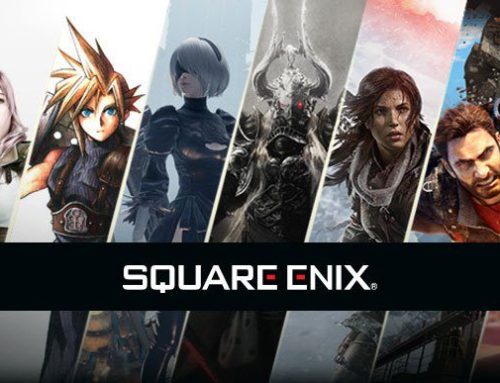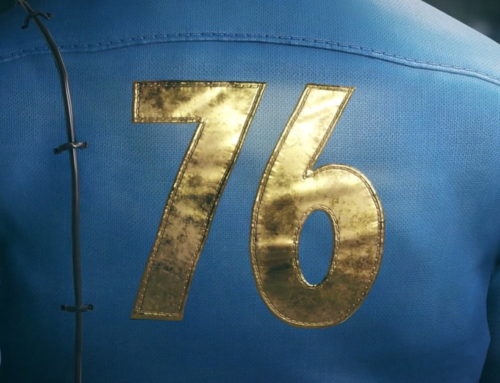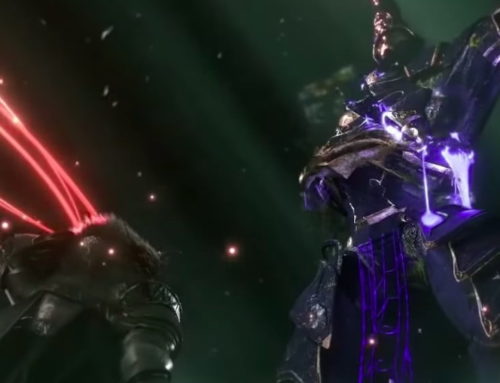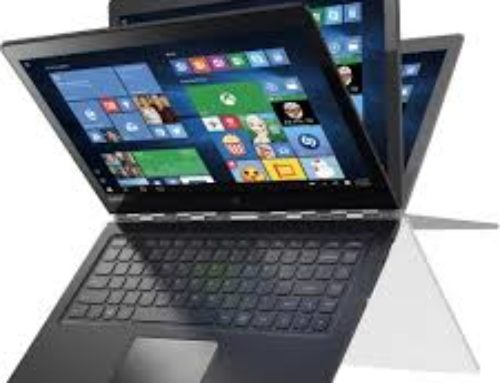Our incredibly in-depth Xbox One vs PS4 comparison is more meaningful than ever after heading into the holidays. It considers Microsoft’s backward compatibility news and previous price drops, and how it all contrasts with Sony’s powerful specs, exclusive games and graphics power.
Now almost two years since the consoles launched, Sony’s sales numbers prove that PS4 is more popular with early adopters of the next-generation of video games. Fact.
PlayStation 4 is outselling Xbox One 2-to-1 right now, surpassing 22.3 million systems sold worldwide, while Microsoft’s sales numbers are at 12.8 million. That’ll continue if this week’s US price drop in reflected in the UK and Australia.
Who cares? Those are overall sales statistics – all meaningless, as multiple Xbox One price drops and surge in popularity are starting to make the debate a little more even. Being able to play Xbox 360 games on your Xbox One starting next month is going to guarantee that trend will continue.
Microsoft’s come-from-behind campaign consists of adding exclusive games likeHalo 5, full DVR capabilities, readying an Xbox Elite controller, gamepad remapping and, further out, experimenting with HoloLens. In addition to Xbox One backward compatibility, Windows 10 presents exciting game streamingpossibilities in a forthcoming November update. It’s also the only console withEA Access.
Sony is preparing PS4 for a streaming and virtual reality future, too, withPlayStation Now, PlayStation TV and Oculus Rift-rival PlayStation VR (previously Project Morpheus). In the meantime, it’s readyingUncharted 4 for its delayed2016 release date and tweaking its console with feature-filled firmware updates and PlayStation Plus games.
Both consoles are getting Fallout 4 and Star Wars: Battlefront, as is the ever-popular PC, and both are rumored to be getting a 4K hardware refresh for the coming months, with HDMI 2.0 able to deliver 4K resolution at 60fps. For now, we have to settle for 1TB refreshes.
“We have have the advantage in powering gamers through the next decade,” say both companies. To see if that’s true, our Xbox One vs PS4 comparison needs another update.
Xbox One vs PS4 hardware design
Deciding between PS4 and Xbox One is like peeling back an onion, and it starts with the outermost layer, the hardware design.
Xbox One’s dimensions make it a menacing gaming beast that measures 13.5 in x 10.4 in x 3.2 in. It’s also riddled with vents, a design decision to avoid another Red Ring of Death overheating scenario.
It towers over every other device (though Microsoft advises not to stand it up vertically), and completely dwarfs our smallest home theater gadget, the app-filled Chromecast.
PS4 has a more distinctive angular shape with an overall stylish design. This half-matte half-gloss console measures a slimmer 10.8 in x 12 in x 2 in at its widest regions.
These dimensions make Sony’s machine more media cabinet-friendly, at least next to Xbox One. The new Xbox also weighs a heftier 3.56 kg vs PS4’s 2.75 kg.
PS4 has the advantage of hiding ports too, though as we illustrated in our video comparison, this can actually make it harder to plug cables into the back of the system.
In this way, Xbox One represents functionality over form. A lot of the internal specs are comparable, but Microsoft and Sony really diverged when it came to the designs of Xbox One and PS4.
That may matter since you’re buying into an expensive console that’s going to sit front and center in your living room entertainment system for the next ten years.
Xbox One vs PS4 front and rear ports
More clear cut is the wireless connectivity situation. PS4 makes room for gigabit ethernet and 802.11 WiFi bands b/g/n, while Xbox One includes all of that plus the older 802.11a band.
Xbox One also supports both the 2.4GHz and newer 5GHz channels that are compatible with dual band routers. PS4 limits connections to 2.4GHz, which is likely to have more interference.
Both systems launched with 500GB hard drives and now have 1TB variants, but only PS4 allows user-replaceable internal drives. An Xbox One teardown found a standard-looking drive inside, but replacing it voids the warranty. Be careful.
Instead, the Xbox One June update finally allowed gamers to add external storage to the monster-sized system. There are strings attached. The drive needs to be 256GB or larger and USB 3.0 compatible.
External storage isn’t an option that Sony supports in its “go big or go home” internal approach.
PS4 and Xbox One are void of remarkable characteristics on the front. There’s a Blu-ray/DVD combo drive to the left and their respective, muted-color logos to the right. PS4 has a pair of USB ports tucked between its sandwich-like halves next to where the disc drive is located.
It’s party in the back Xbox One connections. That’s where it has two USB ports, HDMI in, HDMI out, S/PDIF for digital audio, a proprietary Xbox One Kinect port, an IR blaster connection and an Ethernet port. To the far right is a K-lock in case you want to lug this system around to LAN parties.
Sony went with a minimalist approach when it came to PS4’s rear ports. You’ll only find an HDMI out, S/PDIF, Ethernet and PS4 camera port (marked “AUX”) around back.
Xbox One is more feature-packed in this area thanks to its HDMI in and IR blaster connections used for its TV cable or satellite box functionality. But are you really going to use this feature? PS4 lacks this passthrough technology, opting to stick with gaming as its top priority.
To read more click here







[…] PS4 vs Xbox One: which is better? Our incredibly in-depth Xbox One vs PS4 comparison is more meaningful than ever after heading into the holidays. It considers Microsoft’s backward compatibility news and previous price drops, and how it all contrasts with Sony’s powerful specs, exclusive games and graphics power. Now almost two years since the consoles launched, Sony’s sales numbers prove that PS4 is more popular with early adopters of the next-generation of video games. Fact. PlayStation 4 is outselling Xbox One 2-to-1 right now, surpassing 22.3 million systems sold worldwide, while Microsoft’s sales numbers are at 12.8 million. […]